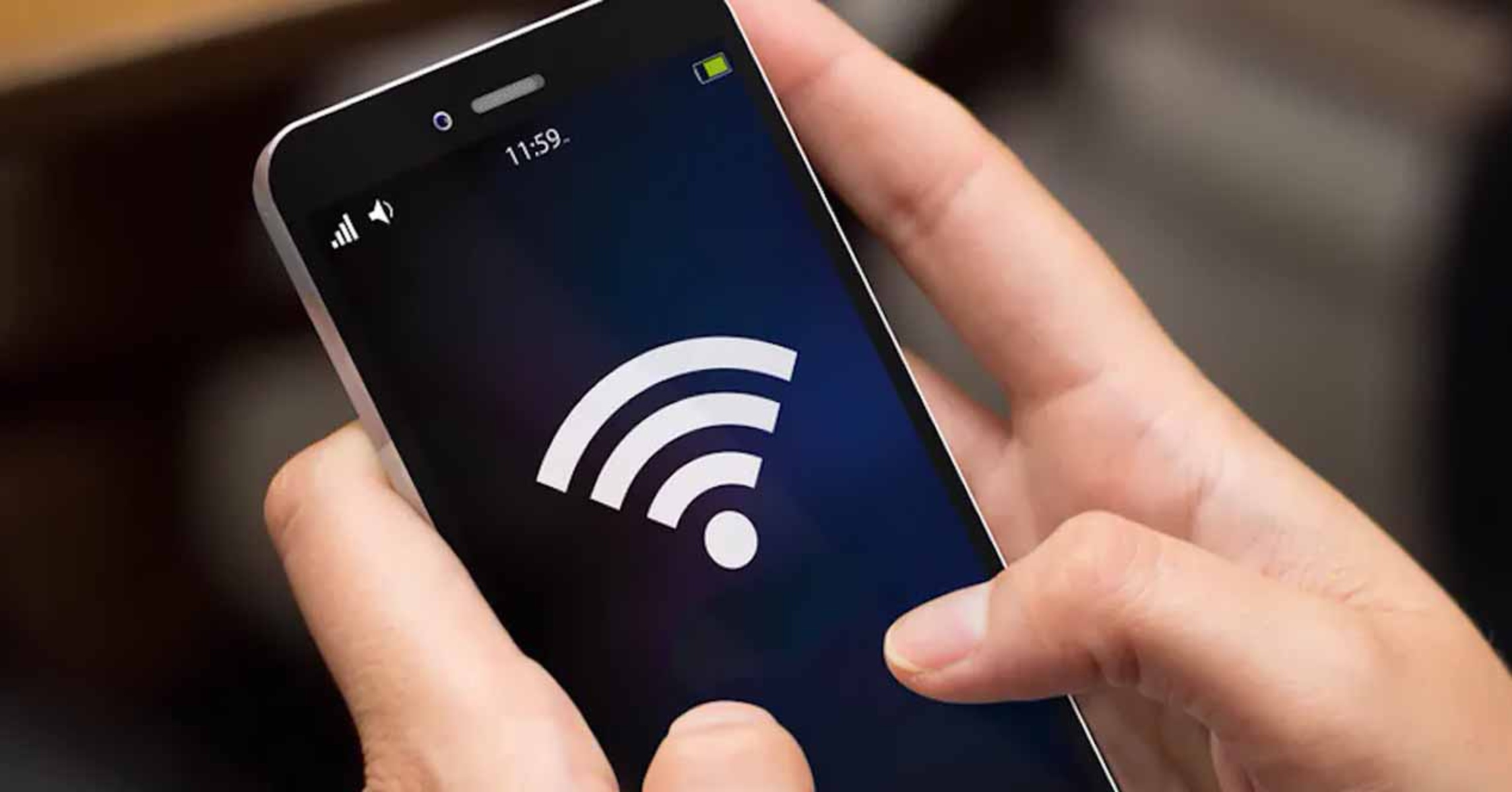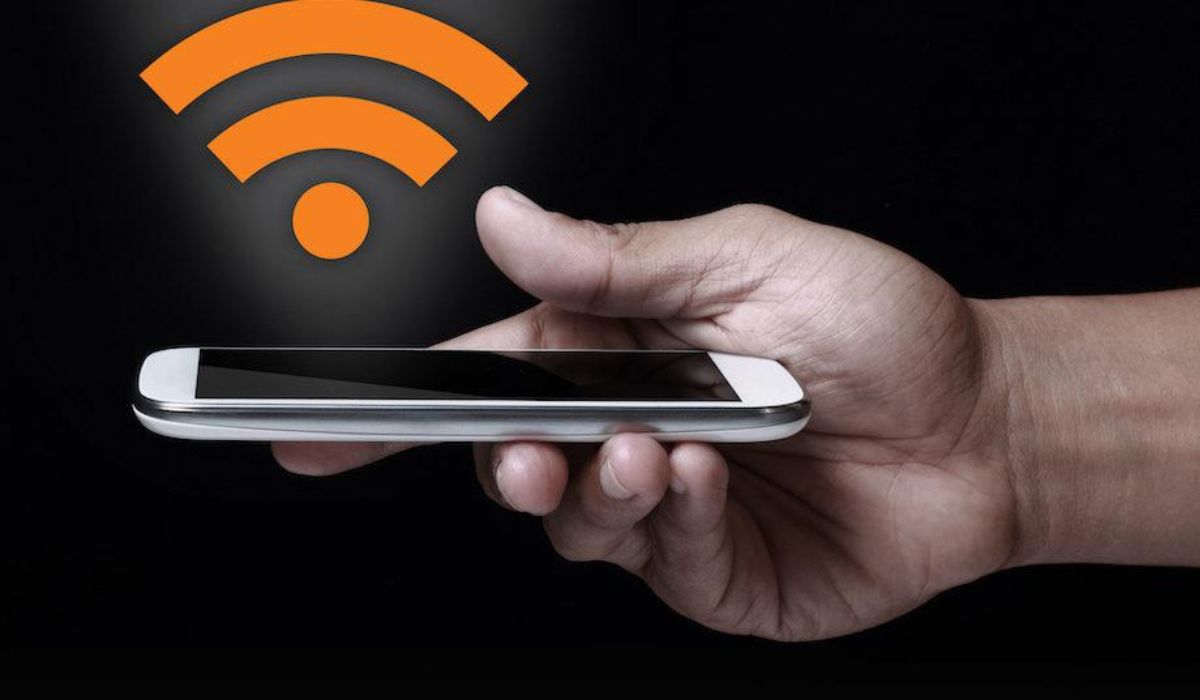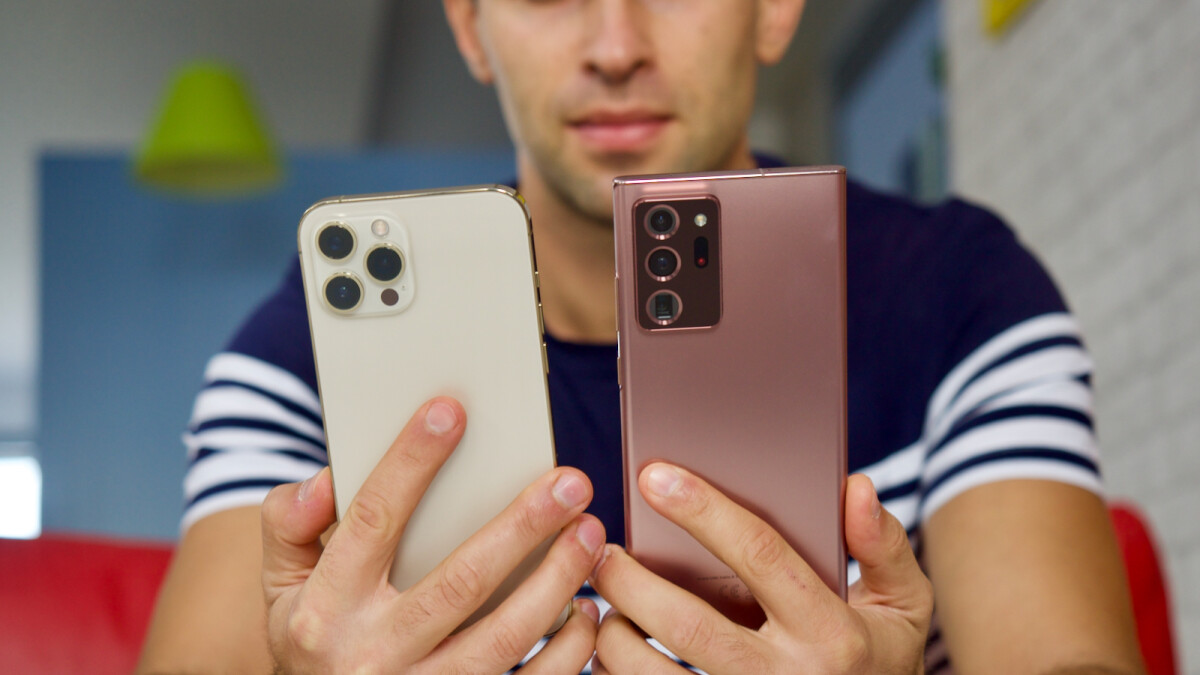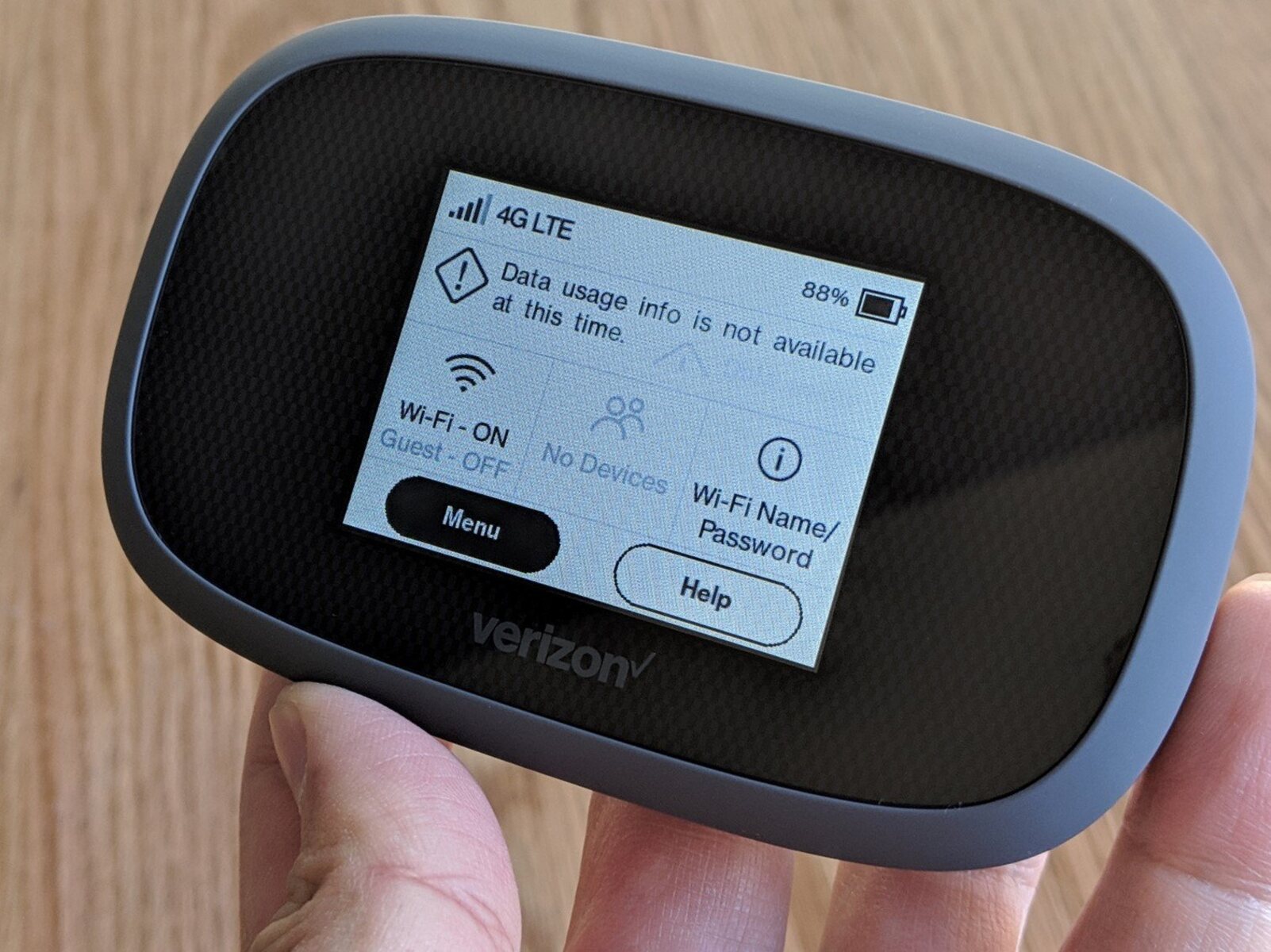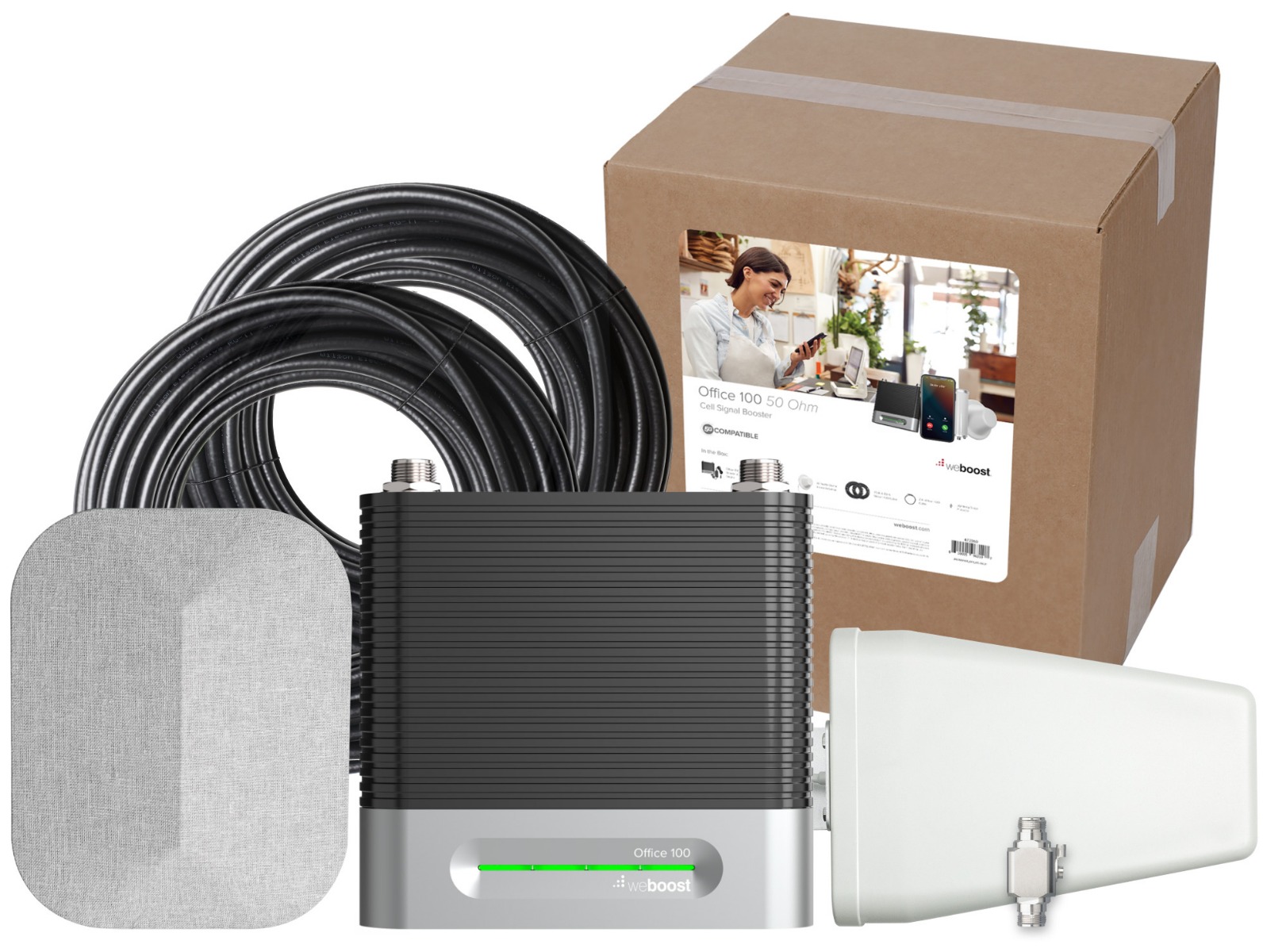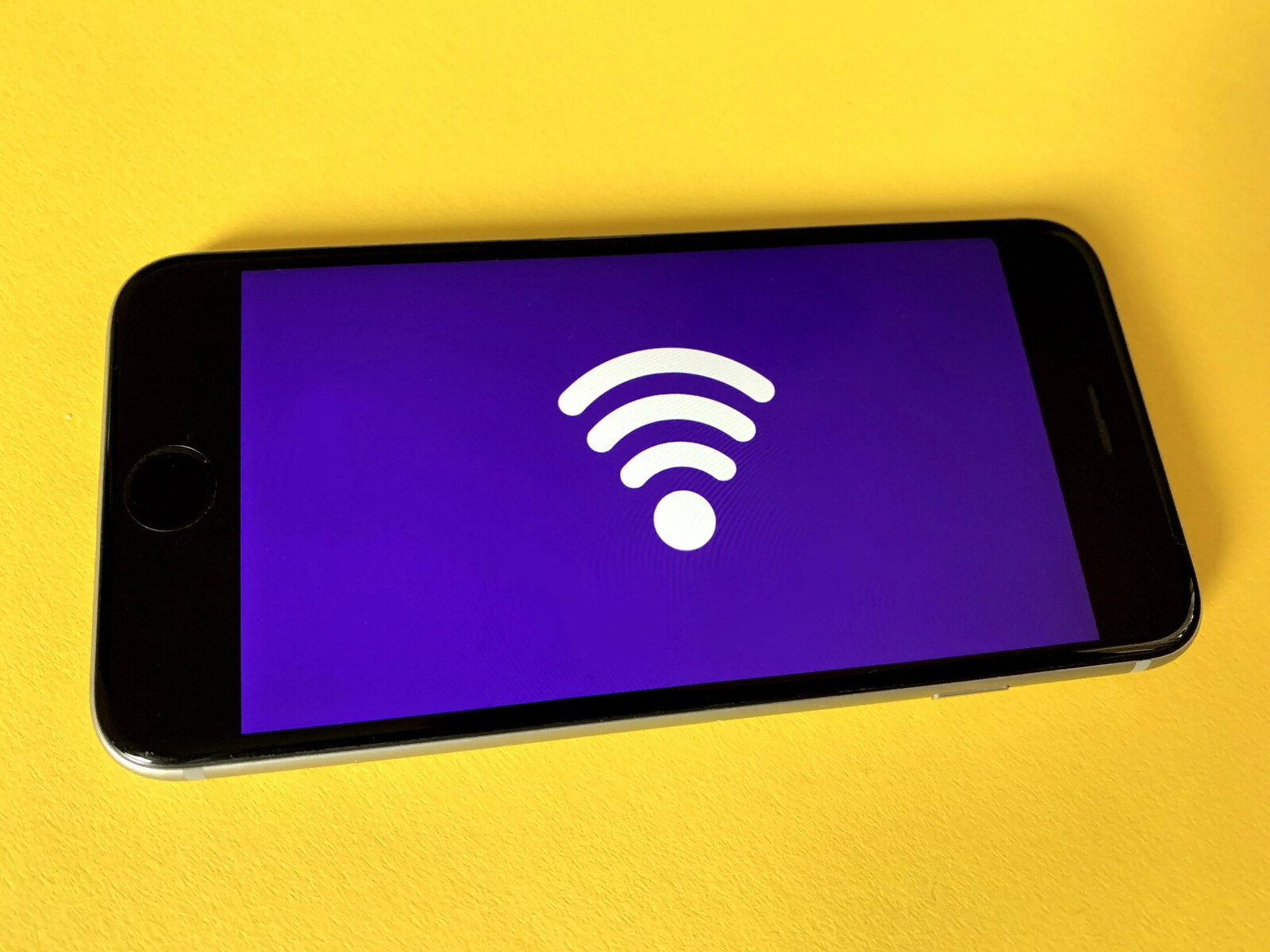Introduction
In today's fast-paced digital age, staying connected is more crucial than ever. Whether it's for work, entertainment, or simply keeping in touch with loved ones, having reliable internet access on the go has become a necessity. This is where the concept of a cell phone hotspot comes into play, revolutionizing the way we stay connected while on the move.
A cell phone hotspot, also known as tethering, enables users to share their smartphone's internet connection with other devices, such as laptops, tablets, or other smartphones. This functionality provides a convenient solution for accessing the internet in situations where traditional Wi-Fi may not be available, such as during travel, outdoor activities, or in areas with limited connectivity options.
The ability to turn a smartphone into a portable Wi-Fi hotspot has significantly expanded the possibilities for staying connected beyond the confines of traditional Wi-Fi networks. It offers a seamless way to bridge the gap between the digital world and the physical one, empowering users to access online resources and communicate with others from virtually anywhere.
In this article, we will delve into the technical aspects of cell phone hotspots, exploring the underlying mechanisms that enable this innovative feature to function. By gaining insight into the intricate workings of cell phone hotspots, readers will develop a deeper understanding of how this technology facilitates on-the-go connectivity and empowers users to remain productive and connected in diverse environments.
As we unravel the technical components and operational dynamics of cell phone hotspots, we will also address crucial considerations such as security implications and future advancements in this field. By the end of this exploration, readers will have a comprehensive grasp of the inner workings of cell phone hotspots, equipping them with valuable knowledge to make informed decisions and leverage this technology to its fullest potential.
Basics of Cell Phone Hotspot
A cell phone hotspot, also referred to as tethering, serves as a bridge between a smartphone's cellular data connection and other Wi-Fi-enabled devices. It essentially transforms the smartphone into a portable Wi-Fi access point, allowing other devices to connect and utilize the cellular data for internet access. This functionality is particularly useful in scenarios where traditional Wi-Fi networks are unavailable or impractical, enabling users to stay connected on the go.
When a cell phone hotspot is activated on a smartphone, it broadcasts a Wi-Fi signal that other devices can detect and connect to. This signal is created using the smartphone's built-in Wi-Fi capabilities, effectively turning the device into a miniature Wi-Fi router. Once connected, the other devices can access the internet through the smartphone's cellular data connection, effectively sharing its internet access.
The process of setting up a cell phone hotspot typically involves accessing the smartphone's settings and activating the hotspot feature. Users can usually define a name for their hotspot, set a password for security, and specify the number of devices allowed to connect simultaneously. Once configured, the hotspot becomes accessible to nearby devices, providing a convenient means of accessing the internet using the smartphone's cellular data.
It's important to note that the availability and functionality of cell phone hotspots may vary depending on the user's mobile service provider and smartphone model. While many modern smartphones support hotspot functionality, some older or budget-friendly devices may have limitations or require specific data plans to enable this feature.
In essence, the basics of a cell phone hotspot revolve around leveraging a smartphone's cellular data connection to create a localized Wi-Fi network that enables other devices to access the internet. This capability has transformed the way people stay connected while on the move, offering a flexible and convenient solution for accessing online resources in various settings.
Understanding these fundamental aspects of cell phone hotspots sets the stage for exploring the technical components and operational intricacies that power this innovative feature, shedding light on the underlying mechanisms that enable seamless on-the-go connectivity.
Technical Components of Cell Phone Hotspot
The seamless functionality of a cell phone hotspot is made possible through a combination of sophisticated technical components within the smartphone. Understanding these components provides insight into the intricate mechanisms that drive the hotspot feature. Here's a closer look at the technical components that enable a cell phone to act as a portable Wi-Fi access point:
1. Cellular Modem:
At the core of a cell phone hotspot is the cellular modem, which serves as the gateway for accessing the internet via the smartphone's cellular network. This modem is responsible for establishing and maintaining the connection to the mobile network, allowing the smartphone to transmit and receive data over the cellular infrastructure. It plays a pivotal role in enabling the smartphone to harness its cellular data connection and share it with other devices through the hotspot functionality.
2. Wi-Fi Transceiver:
The Wi-Fi transceiver, integrated within the smartphone's hardware, is instrumental in generating the Wi-Fi signal that forms the basis of the hotspot. This component enables the smartphone to broadcast a Wi-Fi network, allowing other devices to connect and access the internet. It operates by transmitting and receiving Wi-Fi signals, effectively transforming the smartphone into a miniature Wi-Fi router that facilitates seamless connectivity for connected devices.
3. Network Software:
Embedded within the smartphone's operating system, network software plays a crucial role in managing the hotspot functionality. This software governs the configuration and operation of the hotspot, allowing users to customize settings such as network name, password, and the number of allowed connections. It also oversees the routing of data between the cellular modem and the connected devices, ensuring a smooth and secure flow of internet traffic.
4. Security Protocols:
To safeguard the integrity of the hotspot and protect user data, the smartphone incorporates robust security protocols. These protocols encompass encryption mechanisms, such as WPA2 (Wi-Fi Protected Access 2), which encrypts the data transmitted between the smartphone and connected devices. Additionally, the smartphone's security features, including firewalls and access controls, contribute to fortifying the hotspot against unauthorized access and potential security threats.
5. Power Management:
Efficient power management is vital for sustaining the operation of the cell phone hotspot without excessively draining the smartphone's battery. The technical components responsible for power management optimize the utilization of resources to ensure that the hotspot feature remains functional while minimizing its impact on the device's battery life. This entails intelligent power allocation and optimization strategies to balance the demand for internet connectivity with the smartphone's power resources.
By comprehending the technical components underpinning the cell phone hotspot feature, users gain valuable insight into the intricate engineering that enables smartphones to serve as portable Wi-Fi access points. These components work in harmony to deliver a seamless and reliable connectivity solution, empowering users to stay connected and productive while on the move.
How Cell Phone Hotspot Works
A cell phone hotspot operates by leveraging the smartphone's cellular data connection to create a localized Wi-Fi network that enables other devices to access the internet. The process of enabling and utilizing a cell phone hotspot involves a series of intricate steps that seamlessly facilitate on-the-go connectivity. Here's a detailed breakdown of how a cell phone hotspot works:
-
Activation and Configuration:
- The user initiates the hotspot feature on their smartphone, typically through the device's settings or quick access menu. Upon activation, the smartphone begins broadcasting a Wi-Fi signal, effectively creating a localized Wi-Fi network.
-
Wi-Fi Signal Broadcasting:
- The smartphone's built-in Wi-Fi transceiver generates the Wi-Fi signal, allowing nearby devices to detect and connect to the hotspot. This signal serves as the bridge through which other devices can access the internet using the smartphone's cellular data connection.
-
Connection Establishment:
- Other Wi-Fi-enabled devices, such as laptops, tablets, or other smartphones, scan for available Wi-Fi networks and identify the smartphone's hotspot in the list of available networks. Upon selecting the hotspot and entering the specified password (if applicable), the devices establish a connection to the smartphone's hotspot.
-
Data Routing and Transmission:
- Once connected, the smartphone acts as a gateway for the connected devices, routing their internet traffic through its cellular modem to access online resources. This entails transmitting data between the connected devices and the smartphone's cellular network, effectively sharing the smartphone's internet access with the connected devices.
-
Security Measures:
- To ensure the integrity and privacy of the hotspot's data transmission, robust security measures, including encryption protocols and access controls, are employed. These measures safeguard the communication between the smartphone and the connected devices, mitigating potential security risks and unauthorized access.
-
Resource Management:
- Efficient resource management within the smartphone optimizes the allocation of power and network resources to sustain the hotspot functionality without unduly impacting the device's battery life. This entails intelligent power management and network prioritization to balance connectivity demands with resource conservation.
The seamless orchestration of these operational elements culminates in a functional cell phone hotspot that empowers users to stay connected and productive in diverse environments. By harnessing the smartphone's cellular data connection and transforming it into a portable Wi-Fi access point, the hotspot feature transcends traditional connectivity limitations, offering a flexible and convenient solution for accessing online resources on the go.
Understanding the underlying mechanics of how a cell phone hotspot works provides users with valuable insight into the technology powering this innovative feature, enabling them to make informed decisions and leverage the hotspot functionality to its fullest potential.
Security Considerations for Cell Phone Hotspot
Ensuring the security of a cell phone hotspot is paramount to safeguarding the privacy and integrity of the data transmitted between the smartphone and connected devices. As the hotspot feature involves sharing the smartphone's internet connection with other devices, it is essential to address potential security considerations to mitigate risks and protect against unauthorized access. Here are the key security considerations for cell phone hotspots:
-
Encryption Protocols:
Implementing robust encryption protocols, such as WPA2 (Wi-Fi Protected Access 2), is crucial to encrypt the data transmitted between the smartphone and connected devices. This encryption mitigates the risk of unauthorized interception and ensures that the communication over the hotspot remains secure and private. -
Password Protection:
Enforcing the use of strong, unique passwords for the hotspot network is vital to prevent unauthorized access. Users should opt for complex passwords comprising a combination of alphanumeric characters and symbols, thereby fortifying the security of the hotspot and reducing the likelihood of unauthorized intrusion. -
Access Controls:
Utilizing access controls to limit the devices that can connect to the hotspot enhances security by preventing unauthorized devices from accessing the network. This feature allows users to specify the devices permitted to connect, thereby reducing the potential exposure to security threats from unknown or unauthorized devices. -
Firewall Protection:
Leveraging built-in firewall protection within the smartphone enhances the security of the hotspot by filtering incoming and outgoing network traffic. The firewall acts as a barrier against unauthorized access attempts and helps mitigate potential security vulnerabilities, bolstering the overall security posture of the hotspot. -
Vigilant Network Monitoring:
Regularly monitoring the hotspot network for unusual or suspicious activity is essential for detecting potential security breaches. By staying vigilant and promptly addressing any anomalies, users can mitigate security risks and maintain the integrity of the hotspot's operation.
By addressing these security considerations, users can fortify the integrity of their cell phone hotspot, ensuring that the feature remains a secure and reliable means of accessing the internet while minimizing exposure to potential security threats. Embracing a proactive approach to hotspot security empowers users to leverage this innovative technology with confidence, knowing that their data and privacy are diligently safeguarded.
These security measures collectively contribute to fortifying the cell phone hotspot against potential security vulnerabilities, empowering users to access the internet securely and confidently, regardless of their location or connectivity requirements.
Future Developments in Cell Phone Hotspot Technology
The evolution of cell phone hotspot technology continues to unfold, driven by advancements in wireless connectivity, mobile hardware, and user demands for enhanced on-the-go connectivity. Looking ahead, several key developments are poised to shape the future landscape of cell phone hotspots, ushering in a new era of seamless and innovative connectivity solutions.
5G Integration
The widespread adoption of 5G technology is set to revolutionize cell phone hotspots, offering unprecedented speed, low latency, and enhanced capacity for data transmission. As 5G networks become more prevalent, cell phone hotspots leveraging 5G connectivity will deliver blazing-fast internet speeds to connected devices, enabling seamless streaming, gaming, and productivity on the go.
Multi-Device Support
Future cell phone hotspots are expected to expand their capabilities to accommodate a higher number of connected devices simultaneously. This evolution will cater to the growing trend of users relying on multiple devices for work, entertainment, and communication, ensuring that the hotspot remains a versatile and reliable connectivity solution for diverse usage scenarios.
Enhanced Security Features
The future of cell phone hotspot technology will prioritize robust security measures, integrating advanced encryption protocols, biometric authentication, and AI-driven threat detection to fortify the integrity of the hotspot network. These enhancements will bolster user confidence in utilizing cell phone hotspots while mitigating potential security risks and safeguarding sensitive data.
IoT Integration
Cell phone hotspots are poised to play a pivotal role in the Internet of Things (IoT) ecosystem, facilitating seamless connectivity for a myriad of IoT devices. By enabling IoT integration, future cell phone hotspots will empower users to effortlessly connect and manage smart home devices, wearables, and other IoT gadgets, expanding the utility and versatility of the hotspot technology.
Cloud-Based Management
The future iterations of cell phone hotspots are expected to leverage cloud-based management platforms, offering enhanced control, monitoring, and customization options for users. Cloud integration will enable seamless synchronization of hotspot settings across multiple devices, simplified network management, and real-time visibility into hotspot usage and performance.
As these developments unfold, the future of cell phone hotspot technology holds immense promise, shaping a connected landscape where users can seamlessly access high-speed internet, connect multiple devices, and leverage advanced security features while on the move. By embracing these advancements, users will experience a new era of connectivity that transcends traditional boundaries, empowering them to stay productive, entertained, and connected wherever they go.









